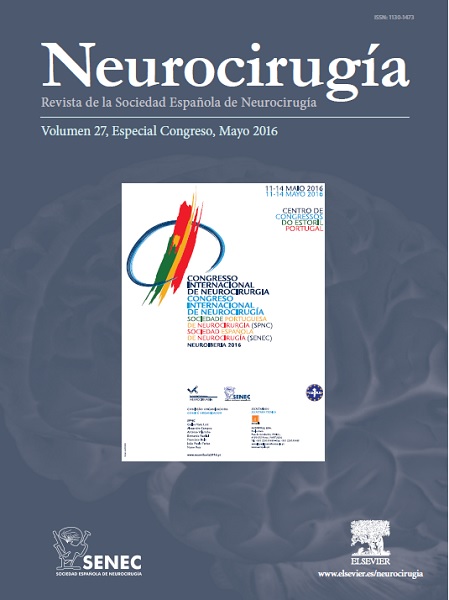O-FUN-16 - A Real-Time Intra-Operatory System for Rigidity Evaluation during Deep Brain Stimulation Surgery
1INESC TEC e Faculdade de Engenharia, Universidade do Porto, Porto. 2Serviço de Neurocirurgia; 4Serviço de Neurologia, Centro Hospitalar de São João, Porto. 3Unidade de Neurociências, Hospital CUF, Porto.
Objectives: Deep Brain Stimulation (DBS) has a proved value in the treatment of severe forms of Parkinson’s Disease. Intraoperative evaluation of the efficacy of stimulation includes evaluation of the effect on rigidity. A subjective semi-quantitative scale is used, dependent on the examiner perception and experience. So, the system proposed herein aims to tackle this subjectivity, using quantitative data and providing real-time feedback of the computed rigidity reduction, hence supporting the physician decision.
Material and methods: This system comprises of a gyroscope-based motion sensor in a textile band, placed in the patient’s hand, which communicates its measurements to a smartphone. The latter computes a signal descriptor from the angular velocity of the hand during wrist flexion in DBS surgery and applies a polynomial model to determine the rigidity reduction, which is communicated to the physician. This model was trained using signals from 8 patients (Mean Age: 61) and validated in 5 patients (Mean Age: 56) surgeries. These patients were subjected to bilateral DBS implantation and stimulation.
Results: The system presented 3.2% of error and 77.1% of accuracy (when compared to two specialists’ agreement). The implemented descriptor proved to discriminate well high and low rigidity reduction (p < 0.001), but was unable to distinguish equal improvements from patients with different baseline rigidity. This will hinder the future design of different models for each baseline rigidity profile.
Conclusions: Overall, we present a simple, wearable, mobile system, suitable for intra-operatory conditions during DBS, providing a reliable second-opinion about the improvement in rigidity for different stimulation settings.







